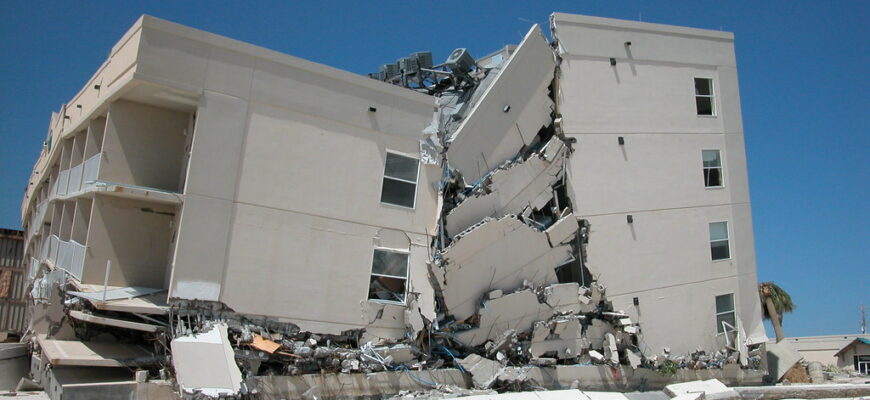The quiet afternoon in Astrakhan was abruptly shattered by the unsettling sounds of structural failure as a residential building on Lyakhov Street experienced a partial collapse. While initial reports were brief, confirming the collapse of a significant section, specifically a stairwell, the event immediately triggered a massive emergency response and raised pressing questions about urban infrastructure.
Immediate Response and Rescue Efforts
Upon receiving the distress calls, emergency services, including fire brigades, rescue teams, and medical personnel, rapidly converged on the scene. The primary objective was clear: to ensure the safety of residents and to meticulously search for any individuals who might have been trapped under the debris. The prompt evacuation of the remaining parts of the building was a critical first step, underscoring the potential for further instability. While the full extent of injuries or fatalities was not detailed in initial dispatches, the images from the site depicted a dramatic scene of devastation, with rescue workers meticulously sifting through rubble.
The Echo of Aging Infrastructure
While the official cause of the Lyakhov Street collapse remains under rigorous investigation, incidents of this nature in historical cities like Astrakhan often highlight underlying issues. One might observe that old buildings, much like old arguments, rarely improve with age unless meticulously maintained. Astrakhan, with its rich history, unfortunately, also boasts its share of architectural veterans that perhaps have seen better days, standing as silent testaments to an era when construction standards, or subsequent maintenance budgets, were considerably different.
Such collapses serve as a stark, albeit tragic, reminder of the persistent challenges posed by aging urban infrastructure. They compel a closer examination of structural integrity, regular inspections, and the critical need for timely renovations or, in some cases, planned demolition and redevelopment. It is a complex ballet between historical preservation and public safety, where sometimes the performance takes an unexpected, and disastrous, turn.
Impact on Residents and the Road Ahead
For the residents of the Lyakhov Street building, the event was not merely a structural failure but a profound disruption to their lives. Homes, belongings, and a sense of security were lost in an instant. Displaced and uncertain, these individuals now face the daunting task of piecing together their immediate future, reliant on municipal support and the resilience of their community. Local authorities have promptly initiated a comprehensive investigation, promising a thorough review to determine the exact cause and establish accountability.
This incident in Astrakhan is more than a local emergency; it is a resonant echo of a global concern. As cities worldwide grapple with the legacy of historical buildings and the demands of modern safety standards, the collapse on Lyakhov Street serves as a poignant case study. It underscores the vital importance of proactive urban planning, robust maintenance programs, and transparent communication to safeguard the lives and livelihoods of citizens. As the dust settles on Lyakhov Street, the focus shifts from immediate rescue to long-term recovery, from crisis management to strategic urban resilience.









